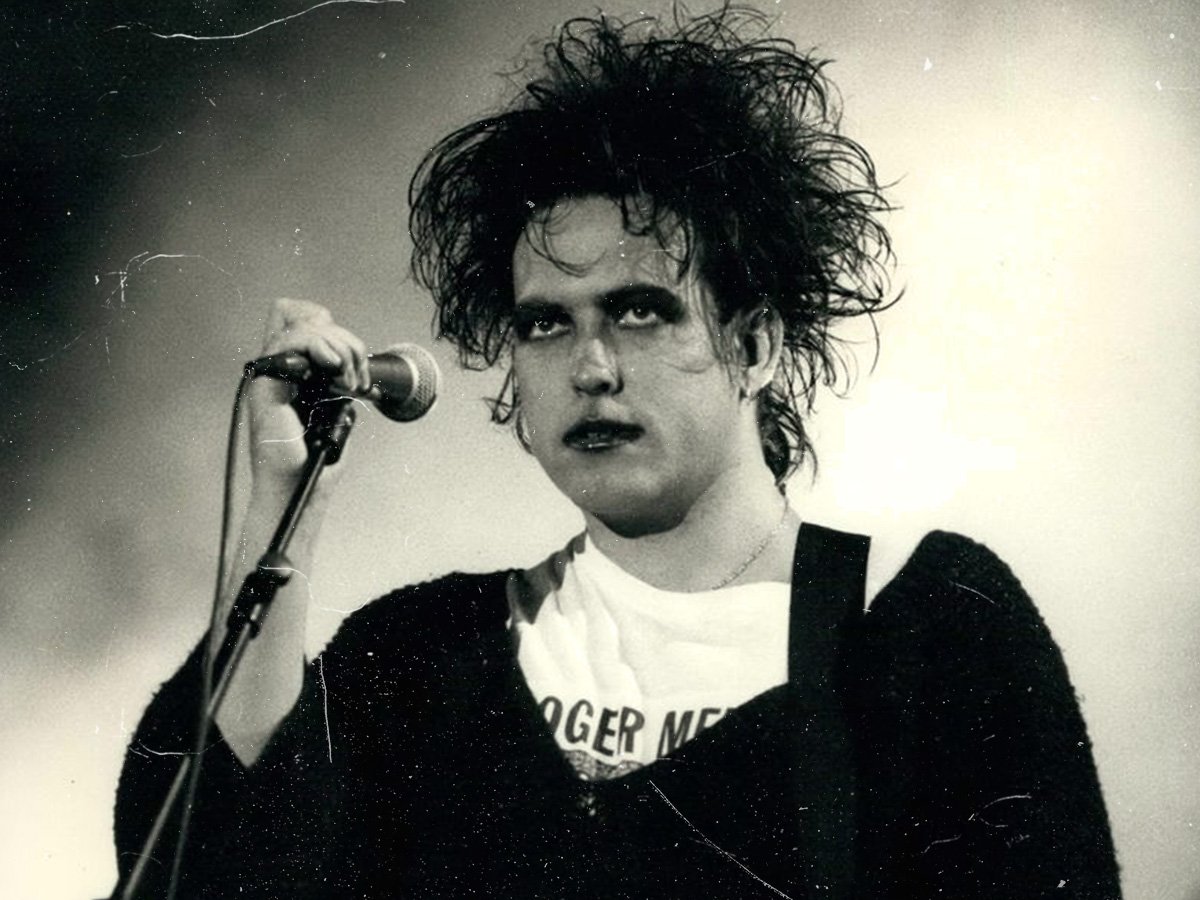
(Credits: Far Out / Alamy)
Wed 6 August 2025 17:30, UK
When Wild Mood Swings was released, The Cure frontman Robert Smith was confused by the initial “mixed reaction”. But it didn’t take him long to realise where its true failings came from.
Any Cure fanatic will likely place Disintegration or Pornography among their ultimate favourites, some even calling attention to Songs of a Lost World, recognising all those quintessential Smith flourishes that are still there, all these years later. But there are also some lesser entries peppered throughout their discography, the ones that might have a handful of hidden gems, but which are somehow far more forgettable.
Bloodflowers, for instance, was a particularly strange affair that placed Smith at the intersection between despair and motivation, the record that simultaneously made him want to quit while also reminding him of all the reasons he fell in love with music in the first place. Theoretically, it’s easy to see why, considering the album title itself came from the idea of art feels like “a bloodflower popped out” from the heart.
However, considering the nature of the band’s other, more popular releases, Bloodflowers fell short, losing out to the sheer excellence pumped throughout records like Disintegration and Smith’s ability to capture everything that was ever great about the band beyond any sort of preconceived expectation. In hindsight, Bloodflowers should have been his saving grace, and in some ways, it was. But it just didn’t cut it when it came to living up to the standard they’d already set for themselves.
Before that, though, was another polarising release: Wild Mood Swings. Weirdly, Smith once called this record one of his favourites, though he also acknowledged the main reason why most people failed to share his passion. It wasn’t because it failed to live up to their signature sound, or even that it somehow neglected many of the main themes expected of a Cure record. Instead, it was something he wished he’d had more control over before it went out: its length.
“When [it] came out, I was surprised by the, let’s say, mixed reaction,” Smith told Q Magazine in 2000. “The failings of Wild Mood Swings is that it’s two songs too long – ‘Gone and Round And Round’ shouldn’t have been on there.”
To Smith’s credit, the record isn’t all bad. In fact, it’s not bad at all, with some songs standing out as some of the more accomplished compositions in their entire discography, like ‘Strange Attraction‘, ‘The 13th’, and perhaps the best one of all, ‘Jupiter Crash’. Granted, it’s no ‘Lullaby’ or ‘A Forest’, but ‘Jupiter Crash’ feels like a particularly special moment on the album, initially inspired by the Shoemaker-Levy comet as well as a poor sexual experience.
“[It’s] about the comet crash a couple of years ago,” Smith told MTV Europe in 1996. “As an analogy for a failed sexual encounter. And how you kind of build people up. Everyone expected the comet kind of hit Jupiter and Jupiter was gonna explode. Unless you have a pretty powerful telescope, you couldn’t see anything at all. That sort of sense, there’s a big build-up and the next day, people were saying ‘That was rubbish.’ It wasn’t rubbish, it was incredible. It wasn’t what you expected. That was the analogy.”
This dissonance defines the entire song, from Smith asking questions like, “Is this how it happens? Is this how it feels? Is this how a star falls?” to his wonderment at encountering a woman who arrives, changes his perspective, and leaves again, without a trace: “The incoming comet brushes Jupiter’s face
And disappears away with barely a trace.”
But the lyrics aren’t the only thing that makes the song great. There’s also the strange initial build-up that feels like standing, vulnerable, in the pouring rain with no expectation – the ideal setup for something that’s about to change everything. There’s also an innate headiness there that’s unmistakably The Cure, pulling you in in that familiar way Smith always does, even if the initial message isn’t entirely clear.
Related Topics
